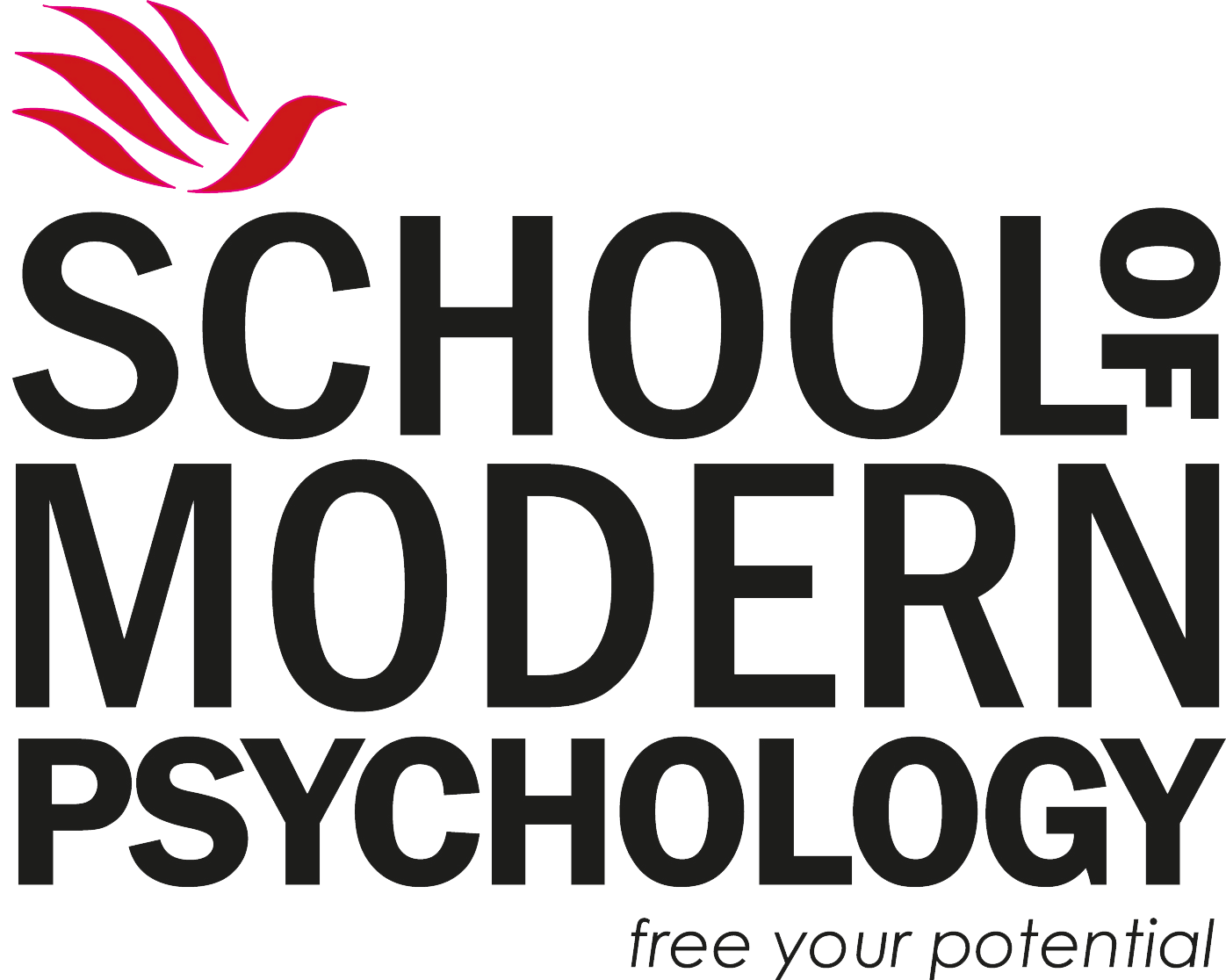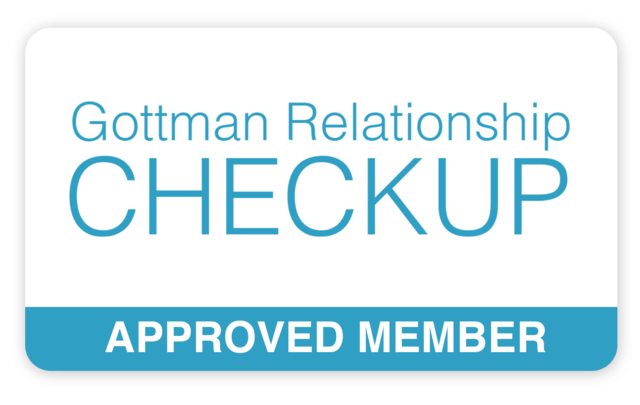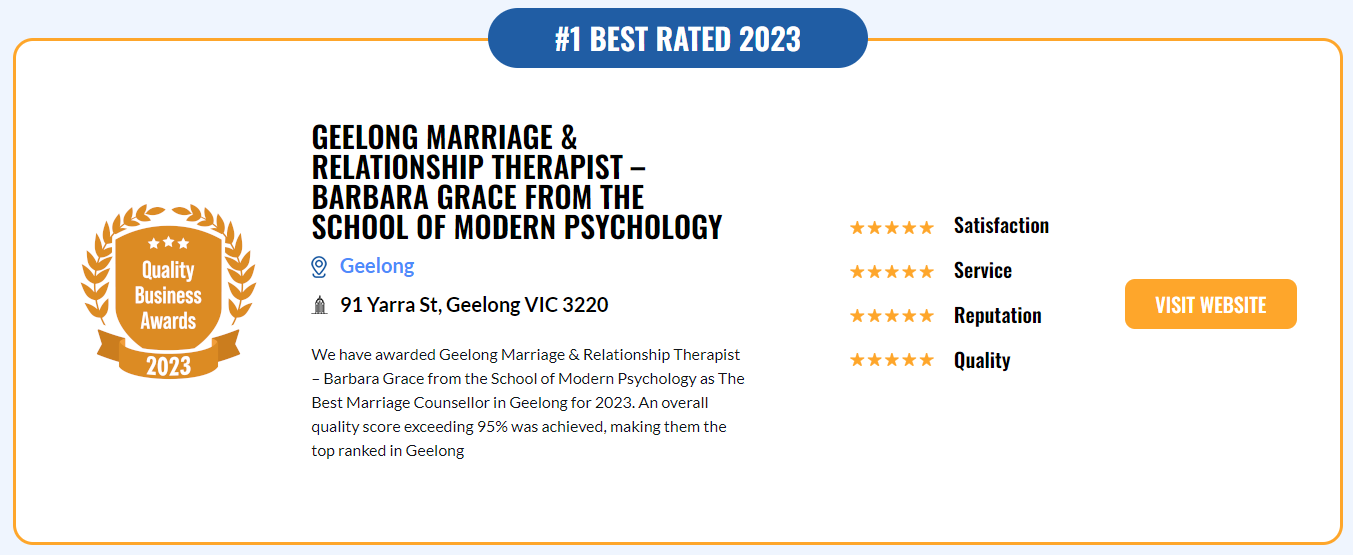How To Be Happy: Activate Your Natural Hormones
/Imagine waking each morning and switching on feelings of joy and happiness simply by activating your natural hormones. With this technique you’ll have the power to lift your mood - just like adding a vitamin supplement to your morning routine or exercising can.
While the scientific answer to activating your natural hormones is longer (and way more complex), the short answer is that you CAN do this easily. In this article you’ll see the simplest and fastest ways to give yourself a daily D.O.S.E. of joy and happiness that will lift your mood, orient you towards feeling brighter and support you in positive ways.
What Are The Body’s Natural Hormones?
Your mind and body releases chemicals and hormones throughout the day depending on the environment you’re in, the mood you’re experiencing and what you’re doing.
It’s a natural process.
Yet just like learning how to shift uncomfortable emotions that cause you to feel bad is possible, you can also encourage the release of chemicals and hormones that support joy and happiness and ultimately lead to greater life fulfillment.
What does D.O.S.E. stand for?
It’s a mnemonic (I love mnemonics or acronyms as they’re easy ways to remember more complex information). D.O.S.E. stands for the following chemicals and hormones released by neurons in your brain which send signals to other nerve cells in your body communicating something good is going on.
D = Dopamine is “Linked to love, pleasure, motivation and more, dopamine signaling plays a central role in the brain's reward system. It is also critical for processes such as motor control, learning and memory.”
O = Oxytocin is a hormone secreted by the posterior lobe of the pituitary gland, a pea-sized structure at the base of the brain. It's sometimes known as the "cuddle hormone" or the "love hormone”.
S = “Serotonin is known as the “don’t worry, be happy” soothing neurotransmitter. It plays multiple roles in the brain’s biochemistry and is a critical component in facilitating sustained and deep sleep, maintaining a balanced mood, self-confidence, social engagement, and a healthy appetite. Additionally, it helps decrease our worries and concerns and is associated with learning and memory.” Daniel G. Amen, MD
E = Endorphins are chemicals produced naturally by the nervous system to cope with pain or stress. They are often called "feel-good" chemicals because they can act as a pain reliever and happiness booster.
How To Give Yourself A D.O.S.E. of Joy Using Solution Focused Brief Therapy
At the School of Modern Psychology we use a coaching methodology called Solution Focused Brief Therapy - and this holds the key to activating your own body’s natural hormones.
I’ve found it’s the most effective way of working with people as it’s tailored to individuals and and has a positive focus. The secret is in the style of questions asked that naturally tap into how the brain processes information and so aid in the release of naturally occurring chemicals and hormones aimed to support you moving forward in your life.
Doing this not only supports positive moods but also assists with positioning you to switch on thinking that helps you focus on the desired change you want in your life, instead of remaining stuck in problem thinking.
How Does The Process Work?
When I begin sessions with clients I start with one question:
“What are your best hopes in talking with me today?”
The question serves two very specific purposes.
Firstly:
It interrupts the ‘brain N.O.I.S.E.’ running through people’s heads that’s causing them to focus on the problem they’re struggling with. (I call this a classic ‘pattern interrupt’ - the question is designed to stop the ‘story’ that’s running on a continuous loop in their mind.)
This one question shifts the focus from an inward worry-based perspective where the dominating story reinforces a low mood and inability to change to one that has an outward perspective.
Initially it can be challenging for anyone to shift perspective because they have a rich vocabulary around ‘the problem’ - and a much poorer vocabulary around what they want to have or experience instead.
It’s as if the idea of thinking about what they want is too much effort to consider because there’s an internal belief structure that nothing can change until the problem is ‘fixed’.
In other words the obstacle they’re trying to shift in their lives has become insurmountable - it’s heavy, weighed down and chained in place. In their mind nothing changes until the big insurmountable obstacle (the problem they’re facing) is moved.
And this thinking doesn’t work.
All it does is tie the person even more strongly to the problem and keeps the D.O.S.E. of natural body hormones and chemicals (dopamine, oxytocin, seratonin and endorphins) at bay.
Secondly:
The question around ‘best hopes’ orients the person towards a preferred future where life without the problem can be imagined and described in rich detail.
You’re familiar with the phrase: “the devil is in the details”. This counter-intuitive phrase actually means: “that something might seem simple at a first look but will take more time and effort to complete than expected” (Wikipedia).
Details are important, especially when working with desired outcomes and a person’s preferred future. Languaging those details, visualising them, associating with them from an embodied perspective and hearing yourself elicit rich descriptions is a powerful yet subtle way of working. And here is where the magic of Solution Focused Brief Therapy lays.
What’s The Thinking Behind Asking Questions & Activating Natural Hormones?
By asking: “What are your best hopes in talking with me today?” the conversation is oriented towards a preferred future.
Think of a problem you may be experiencing at the moment. It may be anxiety due to an upcoming presentation, stress around a relationship problem or frustration with a life that seems caught up in ‘must do’ rather than ‘want to’.
If you look at your day, there’s a good chance that you’re not feeling negative emotions around this problem 24/7. Moments exist in your day when the problem isn’t apparent - and it’s in mining these moments when you aren’t ‘doing the problem’ (i.e. telling yourself stories about the problem) that we can open up this ‘chink’ and let more light in.
By focusing on what the person wants (away from the problem) the body does what the body is designed to do: release chemicals and hormones that will support this fresh state of mind.
And the chemical released initially by asking this question is dopamine.
Paul King, fmr UC Berkeley Redwood Center for Theoretical Neuroscience says: “In the prefrontal cortex, dopamine appears to change values and goals to make you "want" to seek a particular goal. In the basal ganglia, it changes automatic action to steer action and thinking to replay past patterns. Together, these mechanisms guide action towards rewarding (dopamine releasing) activities.”
As we think about what will bring us pleasure, and believe that it’s possible … dopamine activates motivation.
Hope is a beautiful word in our vocabulary and often missing when a person feels ‘stuck in problem’. It’s when ‘hope’ is reintroduced to the conversation that I notice a shift in a person’s language, posture, mood and emotions from an obstacle blocking them from moving forwards to a more open, receptive and possibility focused orientation.
What Other Questions Do You Ask That Triggers The Release Of More Feel Good Chemicals and Hormones?
A key question we ask people when using Solution Focused Brief Therapy is:
“Who’s close to you who would notice these differences in you when you’re experiencing your best hopes?”
While the question sounds innocent enough, it asks you to think about those who are closest to you in your life who would notice the changes being sought.
The person identified may be a partner, a parent, a friend, a trusted colleague, a mentor, a relative or a child. Someone who knows you well enough - and who has your best interests at heart who would notice subtle changes in your demeanor and in your behavior.
When you think of someone you care about (and with whom you feel safe), oxytocin is released. This hormone is often associated with those wonderful post coital feelings of intense closeness and oneness experienced with a partner. These emotions are intense, and also present after a woman gives birth to a child and promote mother-child bonding.
Think of times when you’ve been with friends and family and had those wonderful emotions of connection with like-minded people whom you trust and love. You relax more. You feel comfortable. You’re not on-guard because you know you’re trusted, loved and accepted.
These are positive emotions and a question asked at the right time in the right way can assist in evoking those strong associations which in turn may trigger the release of oxytocin.
How Does Serotonin Help?
Another question we ask our clients involves memories: “Can you recall a time when your best hopes, the thing you desire most, was present?”
“Researchers have examined the interaction between mood and memory. They focused on the anterior cingulate cortex, the region of the brain associated with attention. People reliving sad memories produced less serotonin in that region. People dwelling on happy memories produced more serotonin.”
By activating positive memories of times when you didn’t have the problem and your best hopes were present, you’re stimulating the release of serotonin.
Other ways of stimulating serotonin include keeping a gratitude journal which amplifies the work we do with clients.
By drawing people’s attention to the things that are working in their lives and the people / situations supporting this change, using a gratitude journal magnifies awareness of when positive change is present as well as the emotions associated with this state.
How Do Endorphins Work?
“Our body produces endorphins to relieve stress and pain and works in a similar way to taking opioids. Opioids relieve pain and can produce a feeling of euphoria and are sometimes prescribed for short-term use after surgery or for pain-relief.”
Meditation (along with laughter, exercise and cocoa) are natural ways to release endorphins. Learning how to release anxiety and stress through presence building, breathing and grounding exercises form part of our coach training program.
How You Can Benefit From This Thinking
The methods we use to integrate these important elements into our work are:
Solution Focused Brief Therapy, which you’ve been reading about
Acceptance Commitment Therapy (ACT), which helps regulate emotions
and
Mindfulness Practice, which assists in managing anxiety and stress.
If you’re interested in finding out more about using Modern Psychology at work, in your family life, with your relationship or simply to enjoy a more peaceful, positive and purposeful state of mind, then click here.









